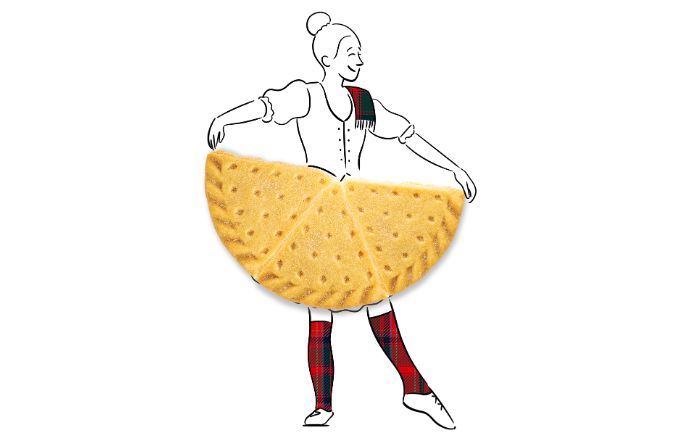Tartan: The Fabric That Tells a Story
Posted on Mar 29th 2024
The significance of tartan goes beyond its use in fashion or textiles. Learn about how it is deeply rooted in the history and heritage of Scotland, representing identity, loyalty, and tradition.
The Origins of Tartan
Although tartan has become synonymous with Scotland, it originated in Xinjiang, China, where the first sample of it was created around 3000 BC. It wasn’t until a couple of centuries later that tartan would make its way over to Scotland and catch fire with the Scottish people.
The first known appearance of tartan in Scotland dates back to 250 AD. It was discovered on a piece of cloth buried in a pottery jar along the Antonine Wall, which was built by Roman armies during one of their attempts to conquer Scotland. Although tartan dates that far back in Scotland, it wasn’t known to have been commonly worn there until the 16th century, when Highlanders started to wear it.
Tartan’s Significance in Scotland
Clans have always been of great importance in Scotland, the group of people whom you are connected with through either family or a strong sense of kinship. In 16th century Scotland, people who lived in the Highlands began to wear clothing with unique tartan patterning to signify which specific clan they belonged to.
By the middle of the 18th century, tartan patterning wasn’t just worn by Scots to signify which clan they were a part of, but also to signify one’s allegiance to Charles Edward Stuart, also known as Bonnie Prince Charlie. In 1745, Stuart led a rebellion with a tartan-clad army, the Jacobites, attempting to dethrone England’s King George II. After the Jacobite’s final attempt to dethrone King George II failed in 1746, the tartan patterning popularized by Highlanders was banned from being publicly worn on garments, such as phillabegs (little kilts), tights, and trench coats. Once the ban was repealed in 1782, decades would pass until tartan would regain its popularity in Scotland.
In 1822, the newly crowned King of Great Britain, King George IV, visited Edinburgh, Scotland, the first reigning king to visit the country in nearly 200 years. With the goal of strengthening the unity between Great Britain and Scotland, King George IV wore a tartan-heavy outfit throughout his visit and encouraged those who attended his gatherings to show up wearing tartan. When King George IV asked attendees at his events to wear tartan, many of them did. And as a result, tartan’s popularity began to rise again throughout all of Scotland, eventually returning to being the important symbol of Scottish identity that it is today.
Tartan Today
Today, the tartan designs from Scotland have made their way across the world, appearing on everything from clothing to flags. While many who aren’t Scottish have simply taken to the pleasing look of Scottish tartans, there are those who wear or display tartan to proudly celebrate their Scottish heritage. Even today, some still embrace the tartan designs that their respective clans created long ago to represent their unique identities and regions. If you’d like to research if there’s a tartan design tied to your Scottish clan, type your surname into the Tartan Finder on Lochcarron of Scotland’s website.
Walker’s Relationship with Tartan
Our Scottish heritage has forever been an important part of our identity, and we’ve always made sure to embrace it to the fullest. To that end, our packaging has long since sported a unique tartan design, which was based off of the one that belongs to the Highland clan of Clan Grant. We selected this particular tartan long ago because its colors perfectly encapsulate who we are and where we come from. Aberlour, the Speyside village we call home, sits along the banks of the River Spey, and its fast-flowing waters are represented by the blue threads that run through our tartan. The fertile lands and ancient forests that have been synonymous with Speyside are symbolized by green. Our deep passion for sharing Scottish shortbread at its finest with the world at large is represented by our tartan’s shade of red. And lastly, our tartan’s gold is a nod to the five generations of Walker family members who have continued to bake Scottish shortbread at its most excellent.
And even though we recently updated our packaging to have a more contemporary look, its tartan is still as prominent as it ever was. Whether you look at a box of our all-butter Shortbread Fingers or our all-butter Shortbread Rounds, each box of our shortbread is a proud celebration of our Scottish roots.
A look at the tartan on Walker’s brand-new packaging.
Walker’s Cufflinks
To celebrate your Scottish heritage and your love for our shortbread, you can don these adorable Cufflinks that feature little boxes of our iconic Shortbread Fingers, along with their classic tartan packaging!
 US
US UK
UK
